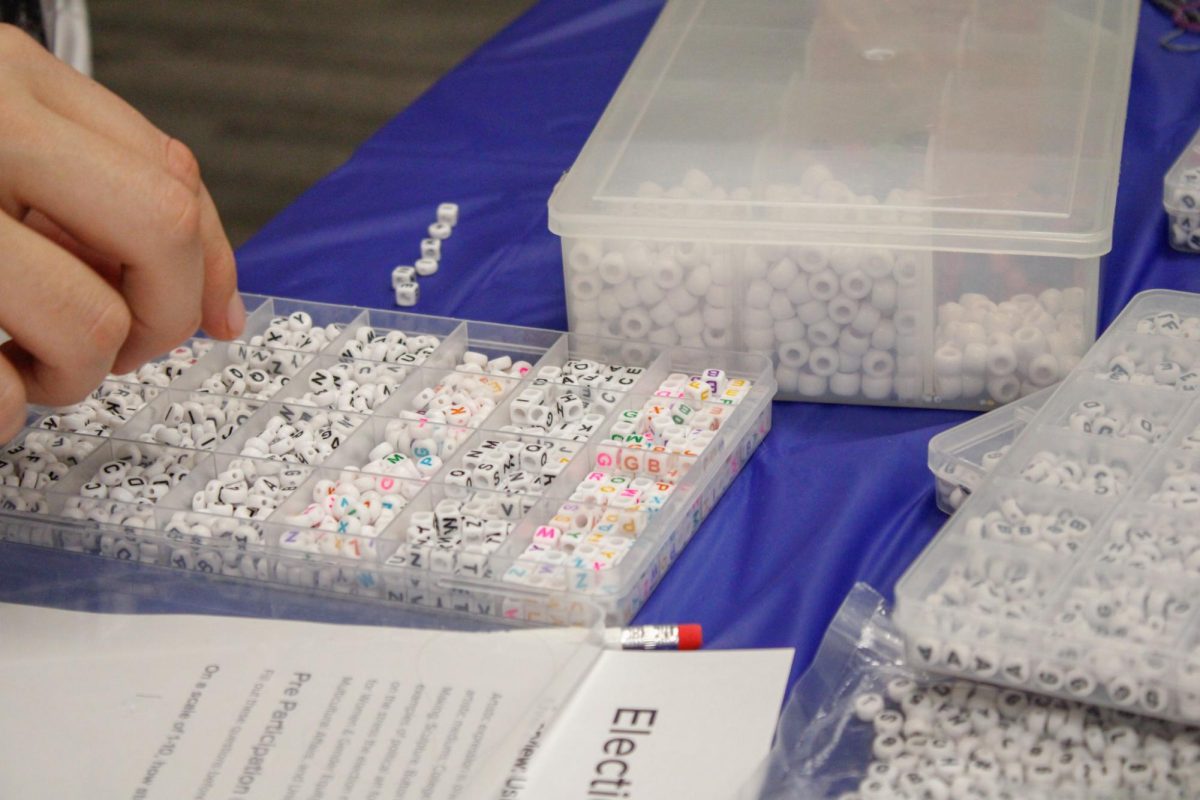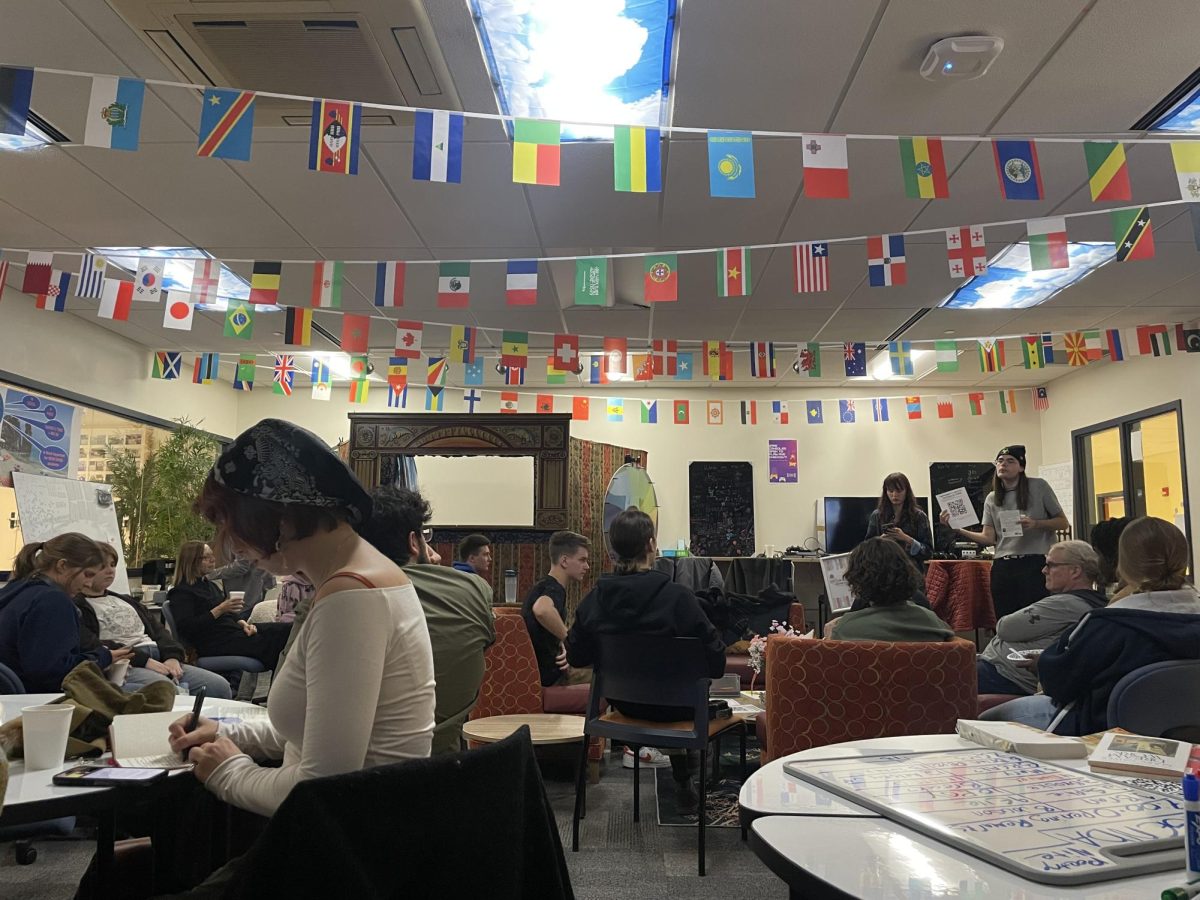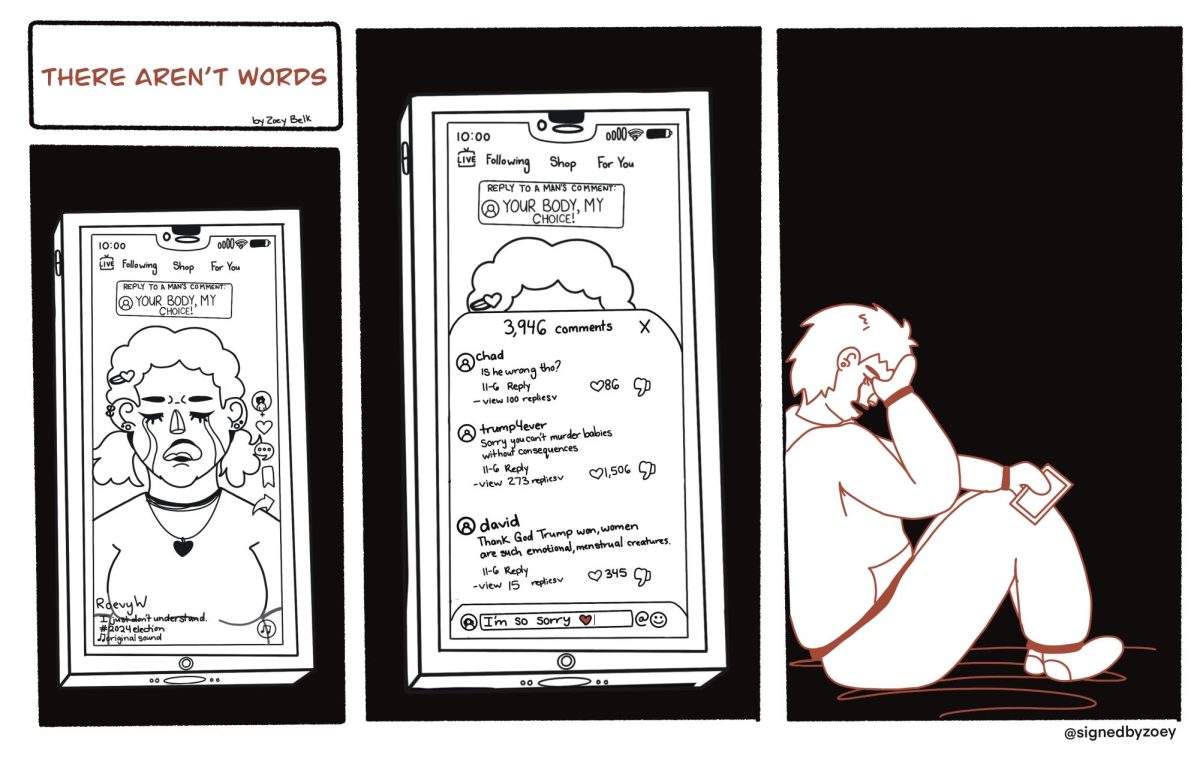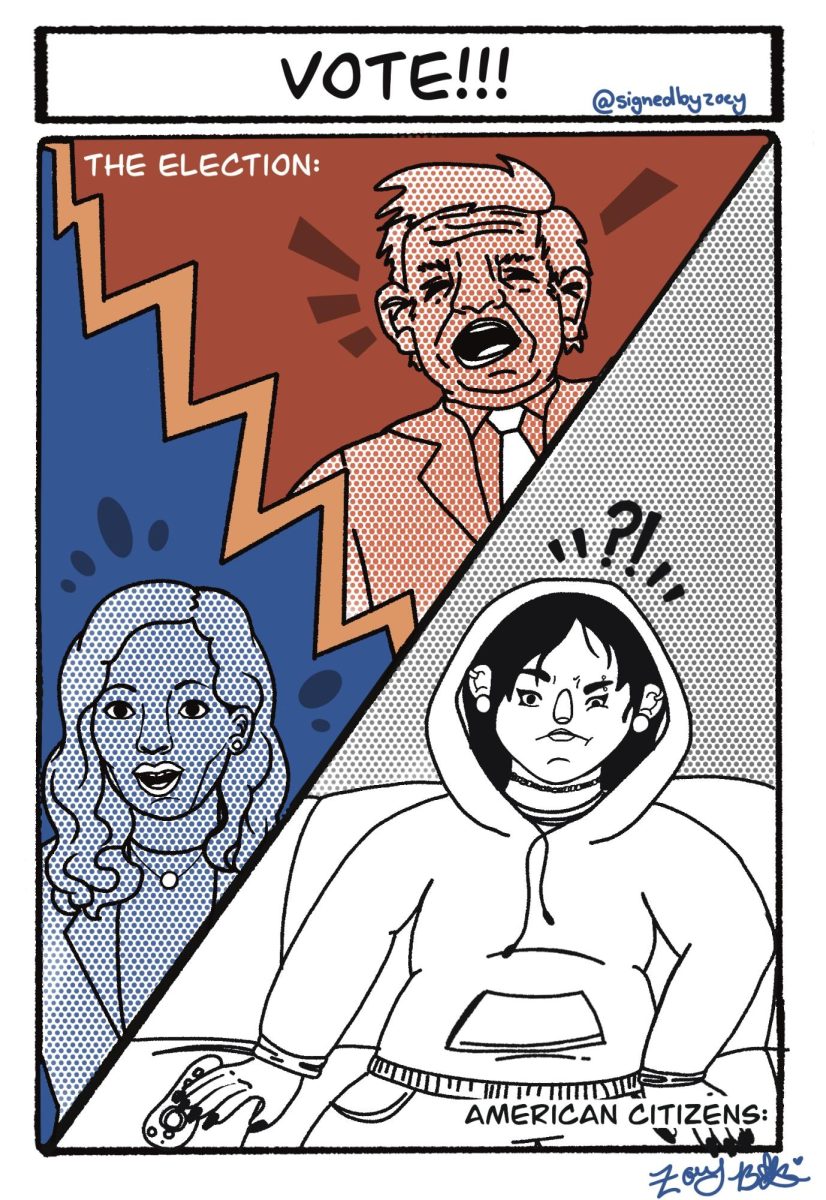GVPD educates students with rape aggression defense course

GVL / Shiloh Reynolds
Nov 12, 2018
“Oftentimes, they’re pretty good looking people… Athletic looking. Sometimes, they can be pretty charming… They aren’t just trolls under the bridge.”
These words are from Grand Valley State University Sergeant Nate Dornbos during a Rape Aggression Defense (R.A.D.) class held on Monday, Nov. 5, as he explained the difficulties of trying to profile sexual assault attackers. According to Dornbos, there are no true physical profiles to serve as warnings, and only potential behaviors to look out for. Additionally, in approximately 75 percent of sexual assault incidents, the victim knows their attacker — whether from a class, party or other association.
Exclusive only to female participants, the introductory R.A.D. class was a three-hour-long seminar that provided knowledge on sexual assault crimes and basic self-defense training to women. The Grand Valley Police Department said that the intent of the program was to “empower (women) through self-awareness and discussions about basic fundamentals of prevention and self-defense.”
First-year student Marissa Morey said that she wanted to attend the seminar to learn more about the subject.
“I just think it’s really important to have these conversations, and recent events have made me want to educate myself on this subject more,” Morey said.
Data from the Office on Women’s Health of the U.S. Department of Health and Human Services estimates that one out of every five women in college will experience some form of sexual assault. However, of these cases, about 60 percent are unreported. Dornbos attributed this to multiple factors, including the victim’s desire to avoid negative publicity and confrontation, feelings of guilt over their own behaviors (such as if alcohol was involved) and general distrust of the police. In addition, if the attacker was an acquaintance, the victim may feel hesitant to report the crime, brushing the incident off as “just a mistake.”
A 2018 sociological report titled “‘I Didn’t Want to be That Girl’: The Social Risks of Labeling, Telling and Reporting Sexual Assault” also identified interpersonal risks of reporting as a major deterrent of why so many victims opted to not go to authorities. The social scientists from Columbia University provided one example of a college student who was sexually assaulted by a friend of her roommate and did not report what had happened because she was “worried that if her roommate found out, it would lead to conflict between her and the roommate.”
The R.A.D. seminar focused largely on types of survival strategies, including verbal strategies like yelling in order to draw attention to the situation, avoidance strategies such as keeping distance from suspicious activity and avoiding isolation while at parties and compliant resistance strategies such as vomiting or telling your attacker you have a sexually transmitted disease.
The R.A.D. Continuum of Survival Codes is color-based and has three distinct levels ranging from yellow (based on awareness of surroundings) to orange (where avoidance measures are necessary) to red (where defensive measures are necessary).
In addition to educating R.A.D. seminar participants on these strategies and as to where they can get help or report any incidents, officers instructed them in some self-defense skills. Participants practiced defensive stances, kicks and punches. Officers also demonstrated tactics to get out of choke holds.























